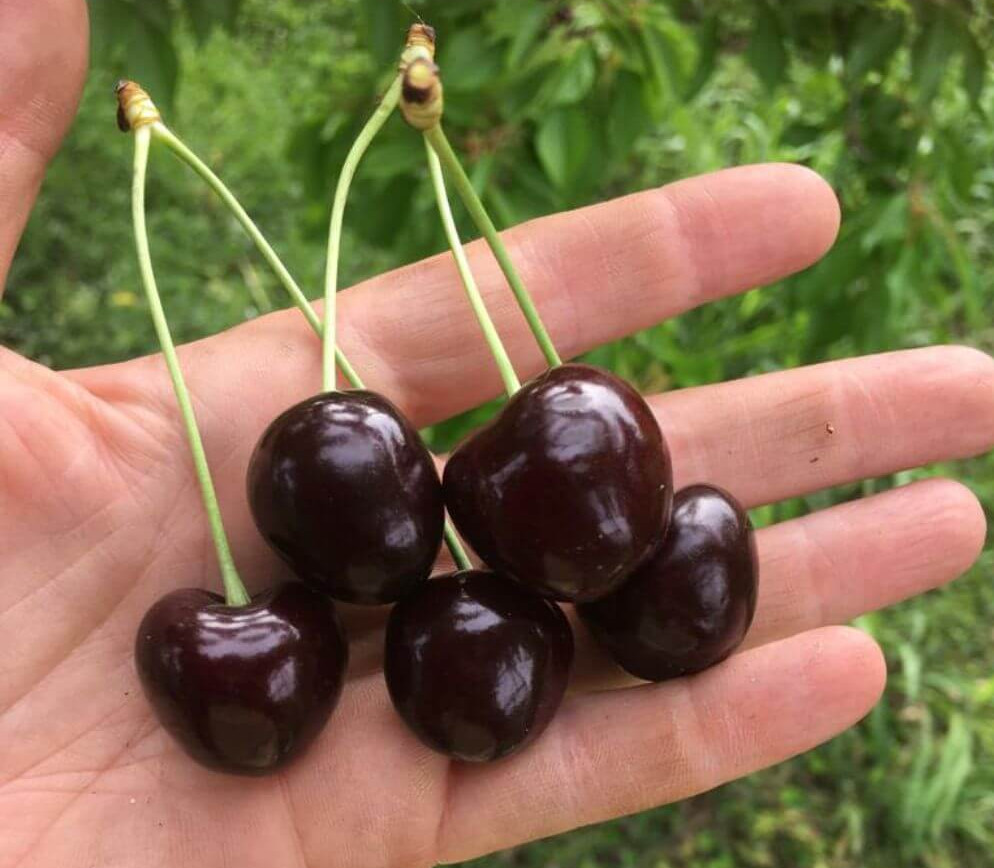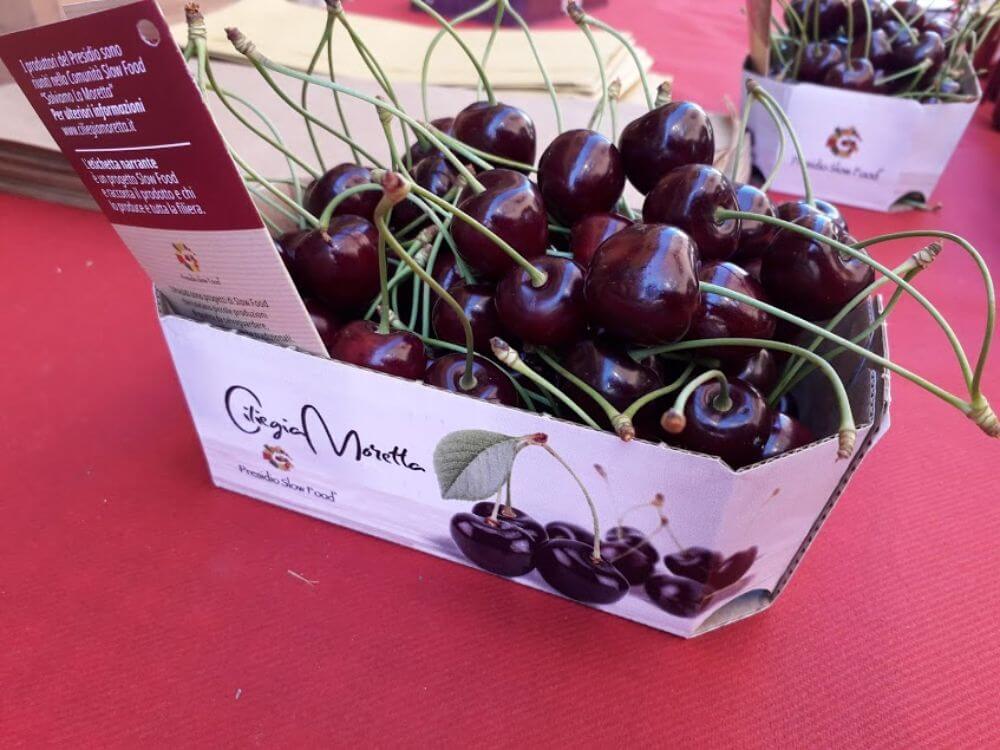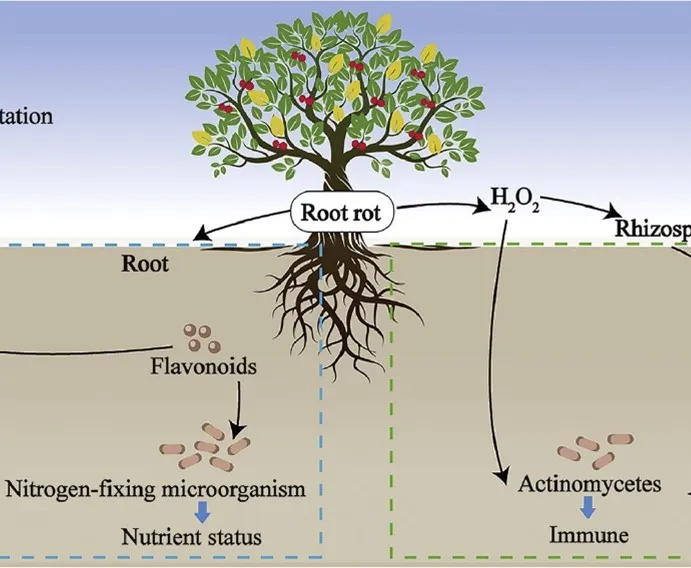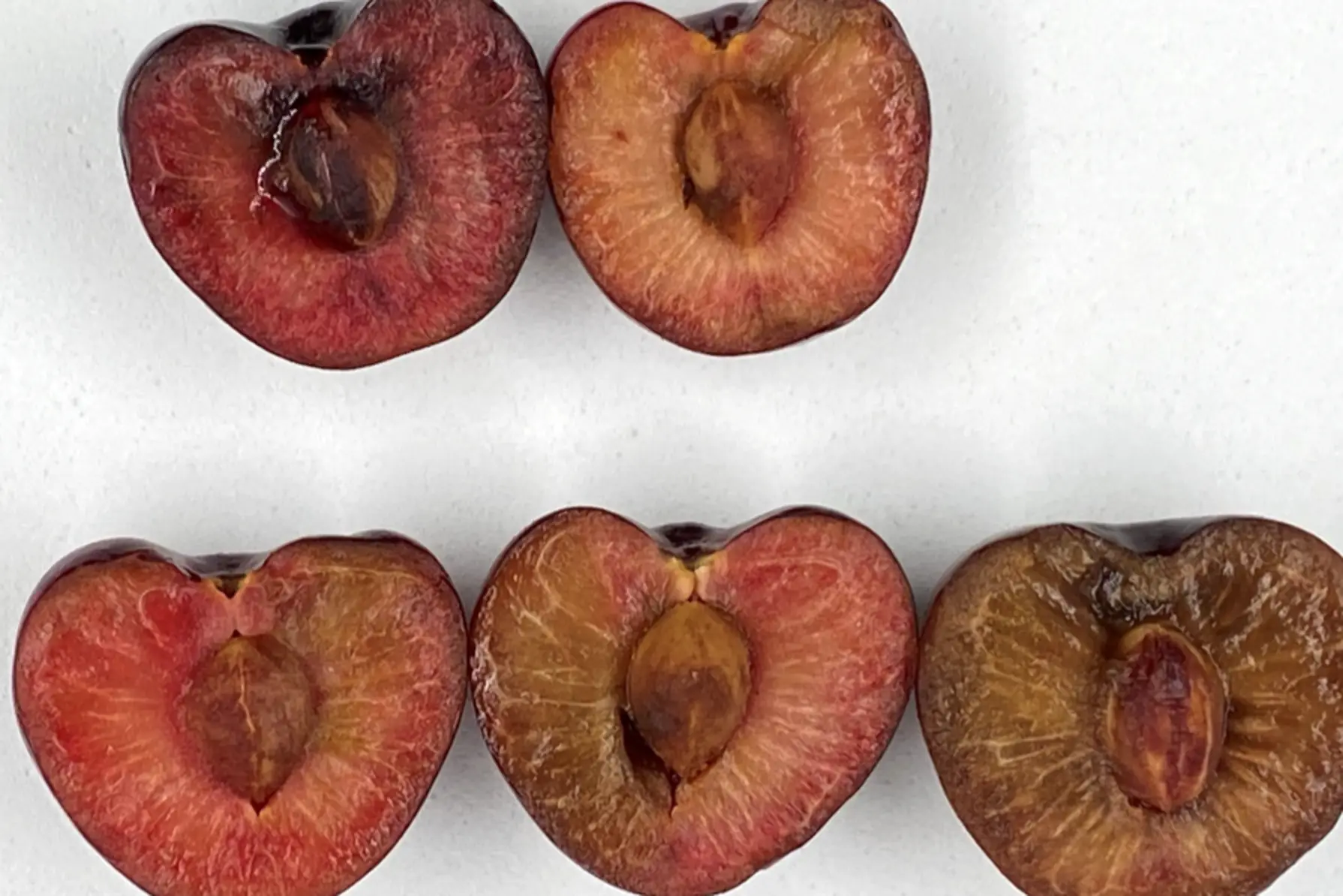Considered extinct at the beginning of the 2000s, the Moretta cherry is currently experiencing a period of renewed interest thanks to a small group of producers in Vignola (Italy) who have never stopped producing it and who have even decided to plant new trees in recent years, in the belief that this variety has unique organoleptic characteristics capable of intercepting the demand of a premium niche market for both fresh and processed products.
 Moretta cherries, showing the typical long stem and dark colour
Moretta cherries, showing the typical long stem and dark colour
The Moretta cherry is a traditional variety typical of the Vignola area that for over 50 years has generated an important economy and contributed to building the identity of this production area. In the post-war period in particular, when Vignola was establishing itself as an area of excellence for cherry growing, this variety accounted for more than 25% of the marketed product and marked the landscape with trees that could exceed 15 metres.
"It is a small, sweet cherry that could not be lost" says Riccardo Marinelli, contact person for the Moretta cherry producer group. "Not only because of the extraordinary organoleptic qualities of the fruit, but also because of the connection of this variety with the territory and the value it has in its narrative.
The monumental size of the trees and the consequent difficulties in harvesting encouraged a general abandonment of the variety during the varietal renewal phase that the Vignola area experienced in the 1990s. This favoured a shift to new international varieties that allowed for more intensive and high-performance cultivation and were less tied to the peculiarities of the territory, but we think there is room and a way to rediscover and enhance this traditional variety.
 An old "monumental" tree of Moretta
An old "monumental" tree of Moretta
The latest report on Italian Food and Wine Tourism certifies how strategic the topic of food and wine is for Italy's tourist attractiveness. Italy boasts the European record for IG-certified products and leads Europe in terms of the richness of its eno-gastro-touristic offer.
Saving the Moretta cherry is part of a development model that we believe to be a winner, one of protection and valorisation of a production fabric that expresses a multitude of small enterprises with strong ties to the territory oriented towards quality and origin production, which strengthen an agri-food model that is more sustainable both for the environment and for the wine and food tourism offer."
The Moretta cherry producers who have not resigned themselves to the variety's extinction have been supported by the international Slow Food association, which has supported this rescue through the Slow Food Presidium denomination with which the association protects biodiversity by defending small traditional productions that are about to disappear.
 Moretta in the Presidio Slow Food packaging
Moretta in the Presidio Slow Food packaging
Gino Quartieri, Slow Food Emilia Romagna's Presidium representative, tells us: "Saving the Moretta does not only have economic and territorial identity aspects, but is an important factor in saving the biodiversity that is fundamental for the balance of territorial ecosystems. The Moretta is a Unique Genome, for over 200 years it has lived in our microclimate and especially in the alluvial soils of the Panaro river and the gravelly soils of our territory.
Replanting the Moretta, perhaps by reintroducing layer farming, with wheat, legumes and vine vegetables has great environmental significance. The Moretta specification prohibits the use of pesticides to weed, and in particular wants to start the trend towards cleaner agriculture by favouring organic cultivation; some of our members adhere to the organic farming specification, the others are committed to contributing to the environmental renaissance through an intensification of integrated agriculture interventions (the specification indicates a 50% reduction of residues on the fruit).
Saving the Moretta is the local contribution to avoid the homologation of flavours, varieties, cultivation methods to keep alive and demonstrate that it is possible to do agriculture in a Good, Clean and Fair way while taking care of the environment, thinking about the indissoluble relationship between food production and climate change. "
Cherry Times - All rights reserved













